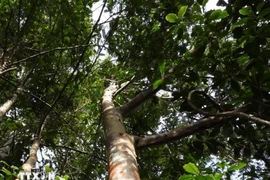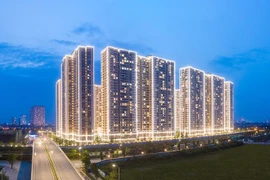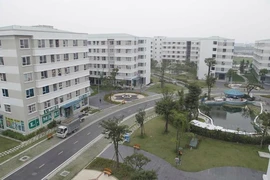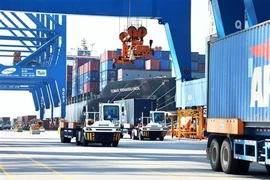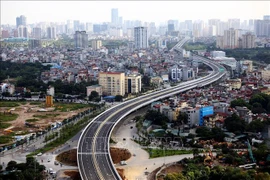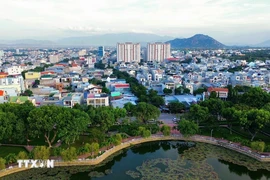Sa Pa Stone Church, Ta Phin Ancient Monastery, and the Cat Cat Ancient Hydropower Plant are among the symbols of Sa Pa’s tourism, and were all built by the French.
Beyond giving Sa Pa the appearance of a European city, the hundreds of Western-style villas in the centre of town laid the foundation to form a mountain resort for tourists.
After 120 years of ups and downs, Sa Pa’s tourism sector is thriving and growing by an average of 45% annually, attracting millions of visitors each year. The resort town is continually in the top 10 most popular destinations in Vietnam, and has featured in the top 28 most attractive destinations in the world.
In addition to its achievements, the rapid growth in tourist numbers over recent years has put pressure on Sa Pa’s infrastructure. The development of new projects and construction works have posed challenges for the town’s sustainable tourism development.
Looking back over the journey from a resort to a national tourist area, local people are proud of the position Sa Pa’s tourism holds after 120 years of formation and development. With a strategic, long-term vision, the appearance of a modern, international national tourist area is gradually becoming a reality./.
